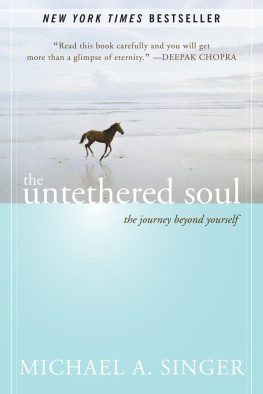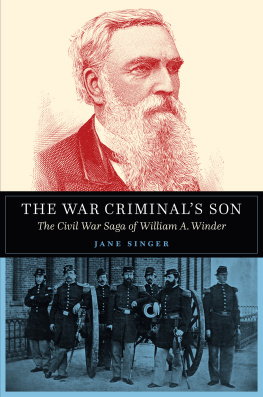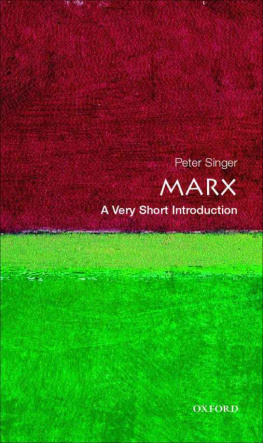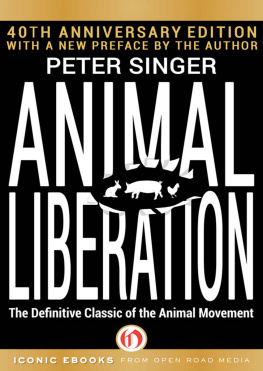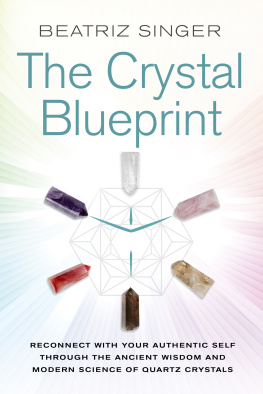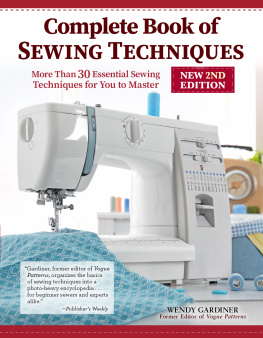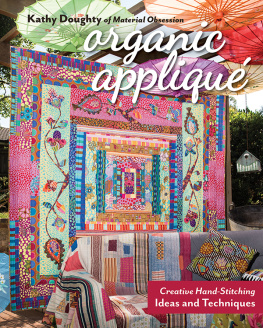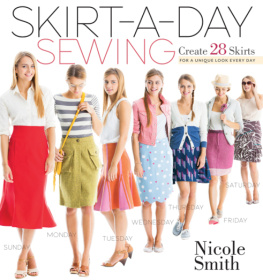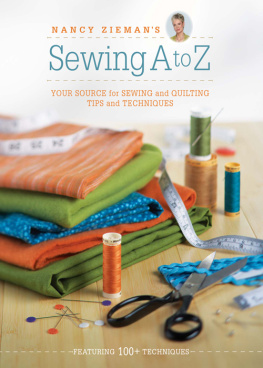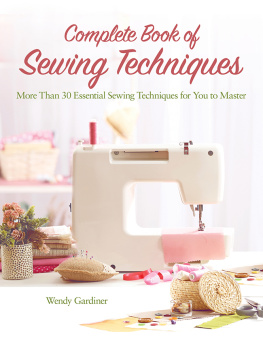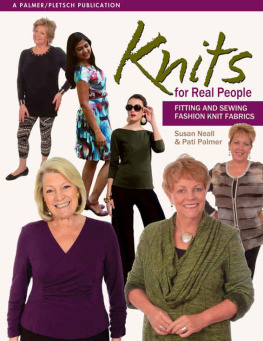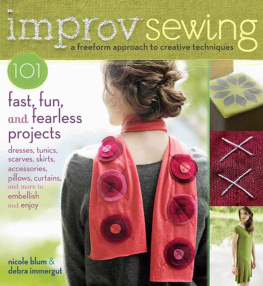Most of the techniques included in this book have come from my own study of historic clothing and vintage sewing books, or from my own experimentation. I was lucky enough to spend my 20s working in museums and getting the opportunity to indulge my love of historical costume. My fascination with decorative textiles has since become the basis of my career and I have never stopped loving looking at the amazing work of seamstresses from generations past, even if it now means pressing my nose up to the glass in costume museums rather than getting behind the scenes. Many of the best costume collections have produced books of close-ups of their historic clothing, or publish photos online so you can explore these kind of details yourself.
I also love to visit the best vintage clothes or antique shops to admire details in Victorian or couture dresses, and sometimes even to buy them. I have a small but growing collection of inspirational vintage and antique textiles and garments, which you can see on my website. Studying the details of clothes is where my design process starts.
Alongside the clothes themselves, I have amassed a huge collection of sewing books from the late 19th century to the present day, all of which have wonderful techniques and inspiration. It isnt just the expensive, older books that are the most exciting; most of my knowledge about English smocking has come from books published in the 1970s not the 1870s.
The final stage in my design process comes purely from experimentation, what I call playing with fabric. I am a firm believer in design by making as fabric is mercurial; it has its own way of working and it doesnt always do what you want it to. Sometimes what appears at first to be a mistake turns out to be a new discovery or a route to something even better. I hope this book inspires you to create your own fabric manipulation experiments. The gives you more tips on how to use the techniques and how to develop the ideas.
DESIGN GUIDE
Every time I teach fabric manipulation techniques someone creates a new variation. Almost all of the techniques will be transformed by using a different fabric or by tweaking the technique.
Try the following tips to help you create your own work:
Try radically different fabrics to those I suggest
Combine fabrics in similar tones or try ombr (graduated shade) fabrics
Use contrasting fabric textures coarse and silky for example on the same or similar techniques
Use contrasting linings or backings
Try techniques in transparent or opaque fabrics
Play with the scale thick fabrics often work better in large scale so try making giant versions
Experiment with repetition a technique can be transformed by using it en masse
Print, dye, embellish or embroider the fabric before or after manipulation
Think in 3D explore how the techniques would work on objects as well as flat fabric
Try the techniques in different materials such as neoprene, interfacing, paper or tyvek and combine with fabric
With wearables, think about the weight and thickness of techniques and how the fabric will hang, as well as the practicality of wear and care
Build techniques into clothing design by working the fabric manipulations before constructing the garment. Allow extra fabric for techniques such as smocking
Customize clothing using techniques like pleated ribbon, Suffolk puffs and appliqu
Create fabrics from scratch to make into one-off garments or accessories such as scarves
www.ruthsinger.com
Share what you make and interact with others
See more of my own work and the inspiration behind it
Explore additional content and videos
Browse a reviewed list of tutorials around the web on fabric manipulation techniques
Read features on other designers and makers who use fabric manipulation techniques
See couture and historic textiles examples
Fabrics and threads
In this section I have listed fabrics (and other materials) used to create the samples in the book, as well as many others that are of particular interest for fabric manipulation. For my samples, I have used fabrics that are mostly easy to use and visually clear, and generally I find natural fabrics preferable to synthetics.
Fabrics: natural or synthetic?
My preference for natural materials is partly ecological, partly practical. Silk, wool and cotton behave in a more predictable way; they shape with heat and steam, they hold a crease, they iron flat most of the time. Synthetics are often harder to sew; they may be slippery and often dont hold a crease, which is why they are so popular for garment making.
There are some synthetics that work well with particular techniques and I have mentioned these below. Synthetics can often be set by steam which is an exciting technique: try gathering or smocking a polyester fabric then steaming thoroughly; remove the stitching and the puckered shapes should hold. (Similar effects can be achieved with wool if stitched then felted.)
Your own experimentation will uncover many more variations on the techniques, using radically different fabrics, or substituting a synthetic fabric for my natural one. You will discover that many of the techniques will come out completely differently, worked on fine silk chiffon compared to thick wool tweed, for example.
There are hundreds of types of fabrics with specific names based on their yarn, construction or finishing technique. Some fabrics have different names in different parts of the world to add to the confusion.
Many fabric names (such as satin or velvet) refer to the production technique not the fibre, which can lead to confusion in fabric purchasing, where a synthetic (polyester satin) may be confused with a natural silk (satin).
WOOL
For me, wool is the best fibre in the world. It can be as soft as cashmere or as coarse as carpet wool, with many grades in between.
Lightweight wools and light suit-weight wools: From vintage Viyella to fine wool Melton (a woven wool with a fine felted surface, which frays very little but hangs beautifully), there are some beautiful fabrics to work with, including English worsted or wool sateen fabrics. All of these will take a crease well and would be suitable for many Pleat & Fold techniques.
Wool crepe:This is a very fine fabric, particularly that made from merino sheep. It drapes well and is particularly suited to Stitch & Gather techniques.
Felt:Most commercial craft felt is actually made from acrylic or recycled polyester rather than wool. Better quality wool is now being produced with about 70 per cent wool combined with acrylic or viscose and it is this that I prefer to use. Wool Melton also acts like fine felt and can be felted even more by washing to produce a denser fabric if required.
Boiled wool:Sold by the metre/yard, this is usually knitted wool fabric, which has then been shrunk or felted. It can be used in the same way as felted jumpers.

Wool fabrics include thick wool felt, fine suiting or sateen and wool Melton often used for coats.
SILK
Silk is probably the best fabric for use in most of the manipulations in this book, as it is so versatile and beautiful. Some of my favourite types of silk are listed below. Silk saris, vintage or new, can be a good source for fine quality silk fabric, but beware as many are actually synthetic.


